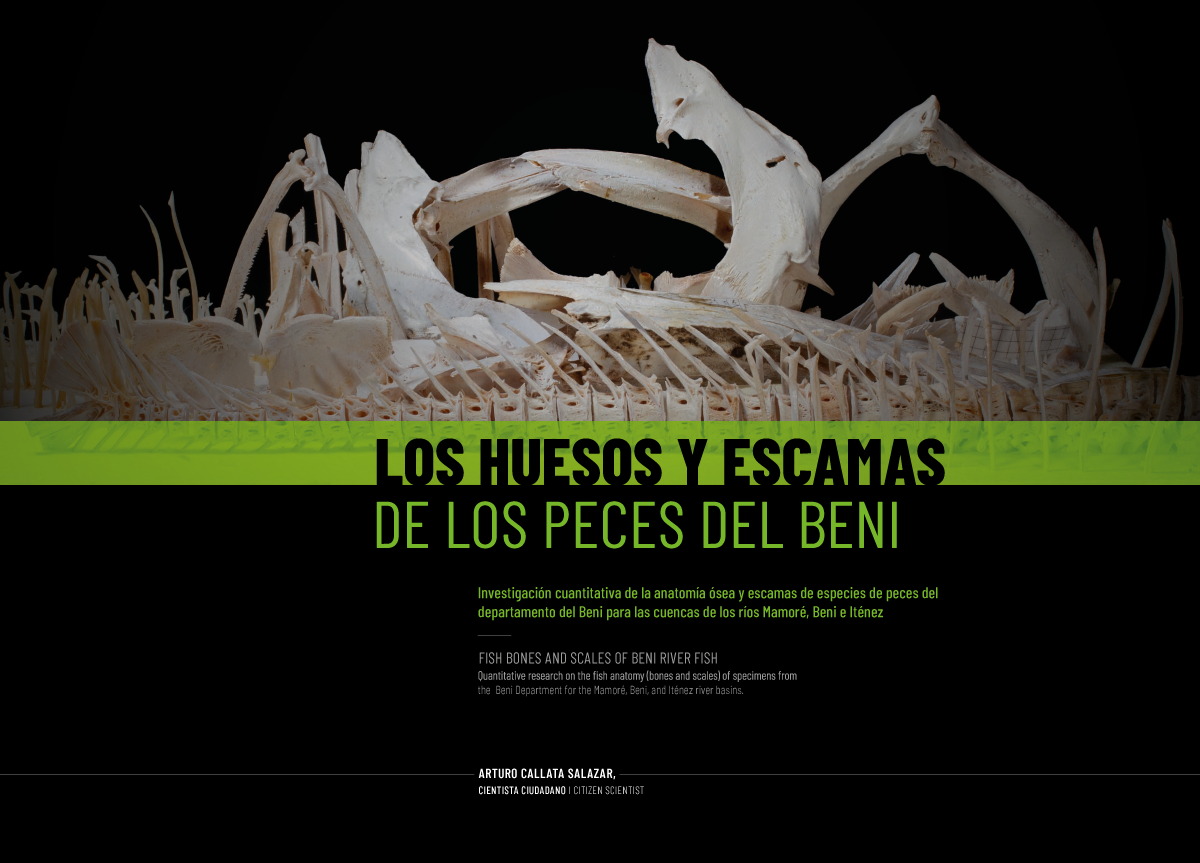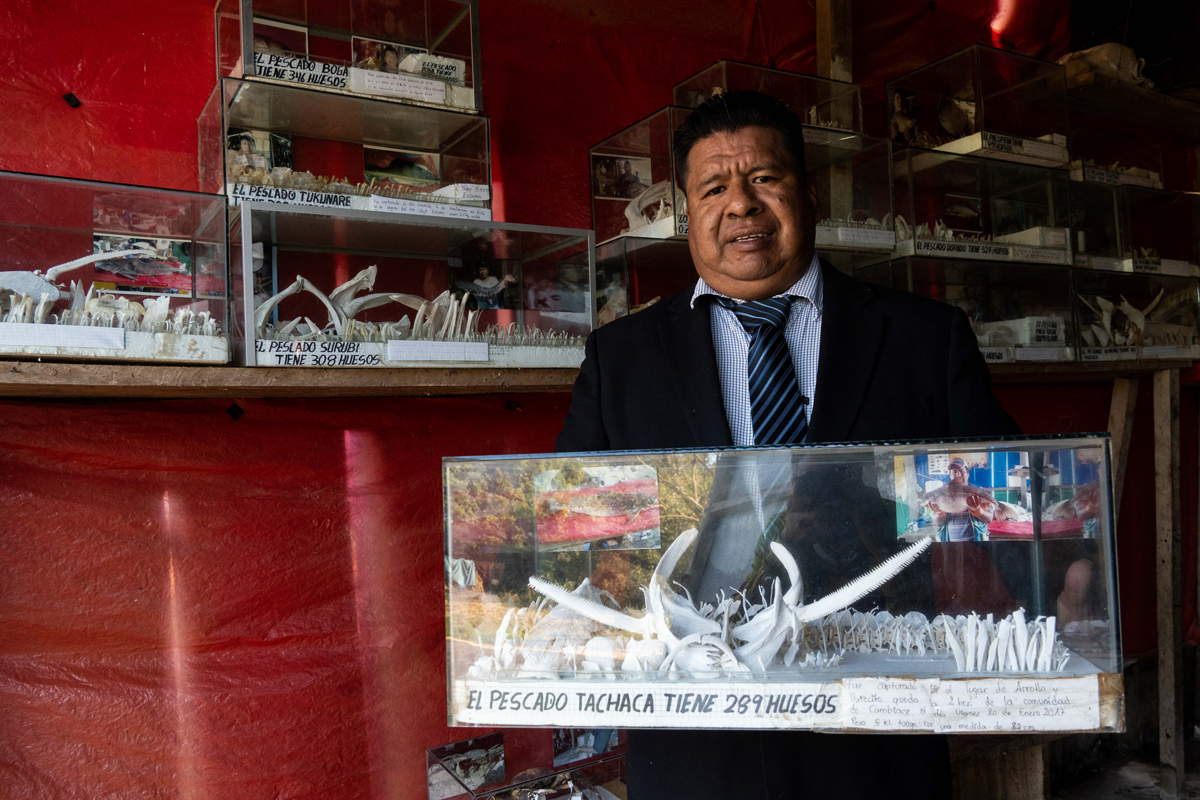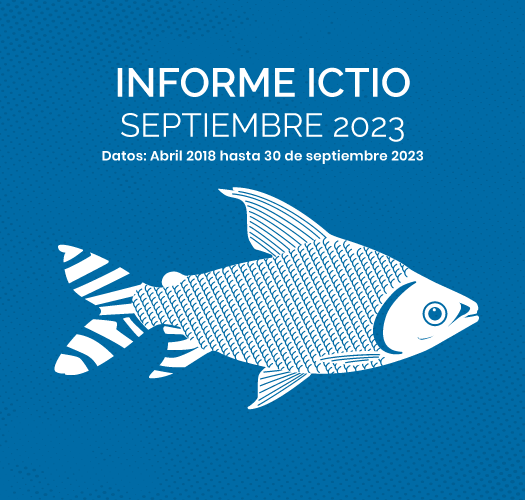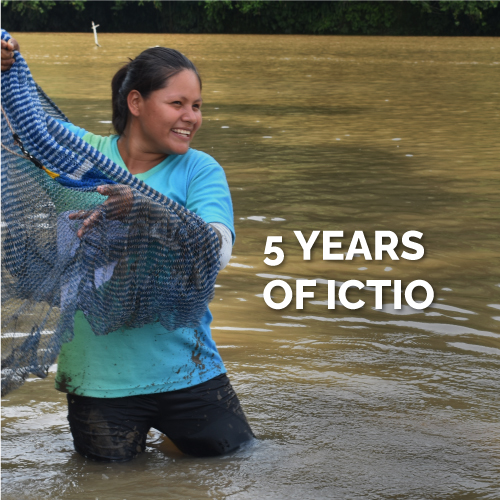With the support of the Wildlife Conservation Society (WCS), the Citizen Science Network for the Amazon, and the Working Group for the Llanos de Moxos (GTLM), Arturo Callata Salazar, a fisherman from Beni, Bolivia, has just published an extraordinary book with images and detailed information about the bones and scales of the most relevant commercial fish species in the Llanos de Moxos. This is a contribution of great importance to science in general, and to the ichthyological patrimony of Beni in particular, made by a person without academic experience, motivated by his desire to contribute to the research and natural history of one of the most important regions for biodiversity in the Amazon.

Arturo was born in the Santísima Trinidad community, in the province of Moxos, in Beni. He grew up on the banks of the Ichoa and Isiboro rivers, and from a very young age, he started fishing, an activity in which he is still involved. This allowed him to gain firsthand knowledge of the great variety of Amazonian fish that inhabit and reproduce in Beni. This richness , however, has not been studied in depth. Arturo, aware of the relevance of science for sustainably managing natural resources, and of this deficit of knowledge, wanted to write his book. In his own words: “My goal is for young people in universities and schools to know the great diversity of fish in our rivers. They are a very important resource that we must learn to manage sustainably because they are the main source of livelihood for many families in the Llanos de Moxos.”

To realize this dream, Callata collected and systematized specimens of 25 fish species in Beni rivers over four years, from August 2016 to January 2020. After catching specific specimens, he proceeded to extract, dry, and count their scales. To facilitate this work, he prepared the fish with homemade substances such as detergent and boiled water.
Once the scale counting was finished, he documented each of the bones of the specimens based on categories: head bones, spine, junction bones, intermuscular bones, small bones, and fin bones. Finally, with all this material, he created models as installations that allow visual appreciation of the documented bones. This is an amazing work that any natural history museum would undoubtedly be happy to incorporate into its collection.
Now these valuable data and images are shared with the general public in the aforementioned book, along with relevant information about the analyzed species, and their main characteristics. This is a substantial contribution to the natural history of Amazonian fish, highlighting that research does not necessarily have to be an exclusive task of academics and scientific institutes.





